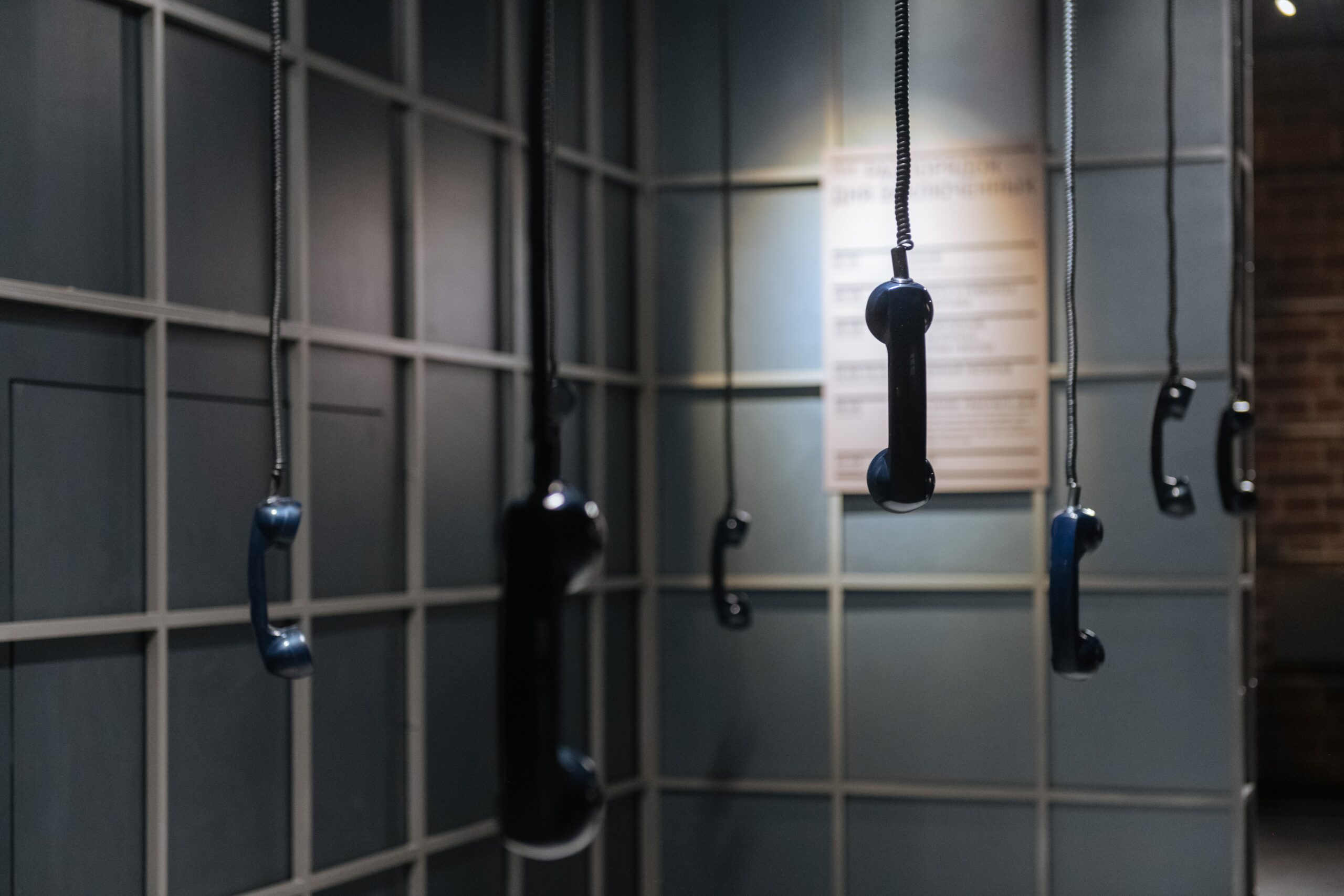There are many flaws within the incarceration system in Canada.
In the wake of the COVID-19 pandemic, Canada has seen a shift in priorities and allocation of resources, specifically within the healthcare industry.
While there has been an increase in support for mainstream health-care operations, such as hospitals and clinics, federal prisons have been left behind, and the government is not doing enough to support and fund this part of society.
Ontario is home to only one prison that doubles as a mental health treatment facility, where it hosts inmates from all of Ontario as well as Yukon.
This is not sufficient for the growing mental health needs of Canada’s incarcerated population.
According to the John Howard Society of Ontario (JHSC), a non-profit organization dedicated to dealing with incarcerated persons in a humane way, close to half of the people in prison will experience at least one serious mental health problem while serving time.
The Millhaven and Bath institutions, located in Kingston, Ont., are where all inmates experiencing mental health issues are placed. But the employees of this facility are not just responsible for helping to rehabilitate and treat these people.
Employees of Millhaven, a maximum security institution, are also responsible for assessing newcomers to the location as well as responding to crisis calls, which is no easy feat.
This has left mental health professionals and other correctional officers overworked and without sufficient resources to rehabilitate this population.
Deputy Prime Minister and Minister of Finance, Chrystia Freeland, said in a press release that since the beginning of the pandemic, the federal government has allocated over $60 billion to support health and safety in Canada.
Meanwhile, the total amount of public funding designated to all levels of criminal justice in Canada per year is only about $20 billion, according to the JHSC.
In addition, legislation like the Canada Health Act, which provides publicly funded healthcare for Canadians, excludes people in federal penitentiaries.
According to a mental health professional employed by Millhaven, who was interviewed under the condition that they not be named, the work they do is very challenging and more resources are always needed.
“I would definitely say that staffing is a general issue in corrections, particularly in mental health departments,” the person said. “And it’s really challenging, the work that we do, and the people that we work with at the treatment centre. So, staffing is an issue in terms of turnover and even resource allocation.”
While some attempts to move towards bettering the conditions of prisons in Canada have been made, it is still not enough.
The same source also said because Millhaven is the only mental health treatment facility in Ontario for prisoners, many inmates are forced to relocate far from their families and support systems.
This shows the need for Ontario to fund a new prison mental health treatment centre.
Additionally, throughout the pandemic, prisons have faced the same issues the public faced: no visitation rights and consistent isolation.
Most people in Ontario had the option of isolating themselves with family or friends, but inmates were confined to their cells, alone, for lengthy periods of time. This put a greater strain on the overall mental well-being of people incarcerated.
“There were lots of periods of isolation over the last two years for the inmates and they were isolated in their cells, and it was horrible for people’s mental health and that just shows you more how important connection is,” the source said.
Several countries take a very different approach to incarceration.
Countries in Scandinavia, for example, allocate more funding to a rehabilitative model of incarceration as opposed to a punishment model used in North America.
This kind of approach has been proven to lower the rates of recidivism, according to Public Safety Canada.
Overall, Canadian institutions are being adversely affected by a lack of funding for health care. The government needs to take mental health support for inmates as seriously as it takes the support for the general population.

